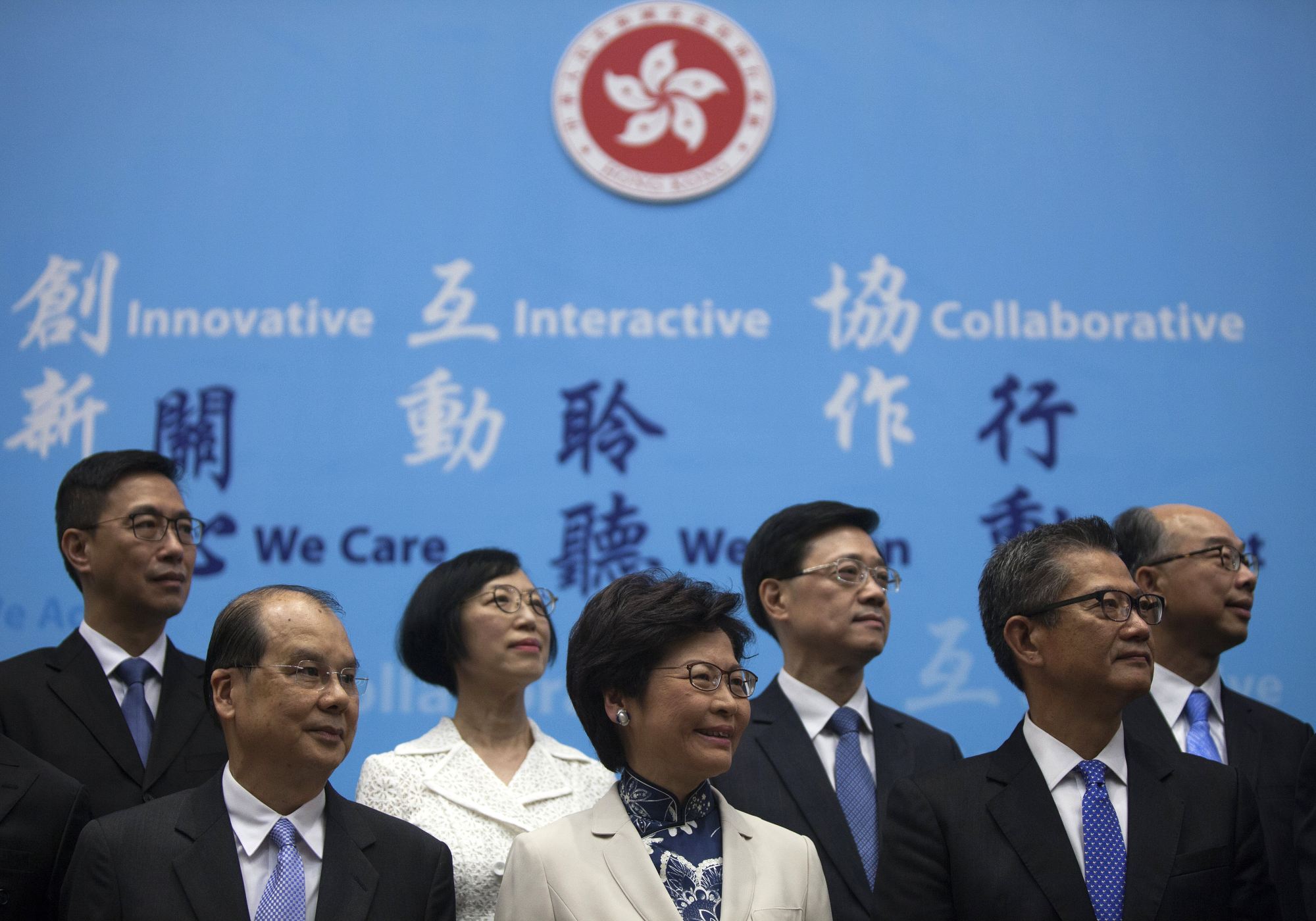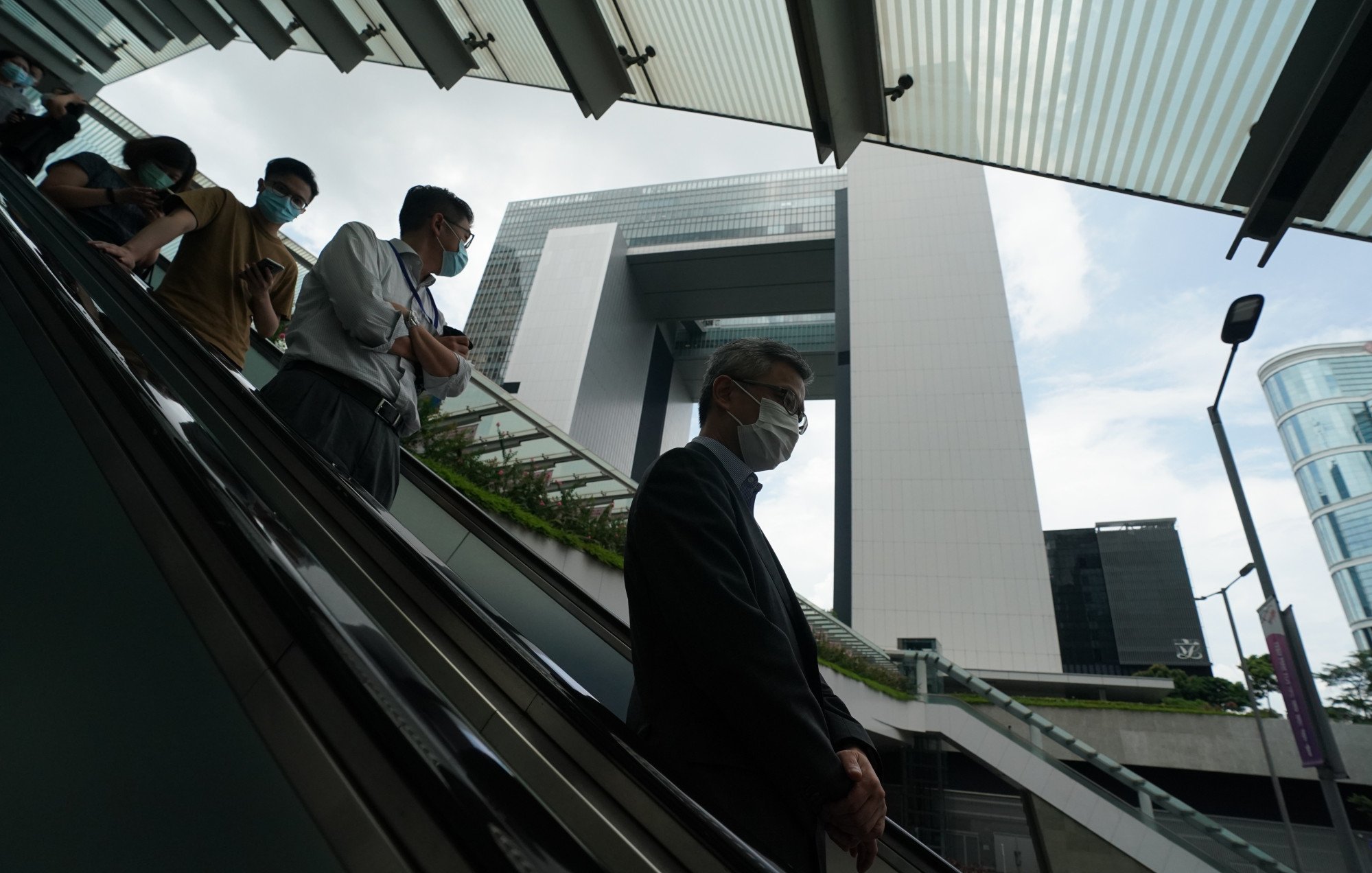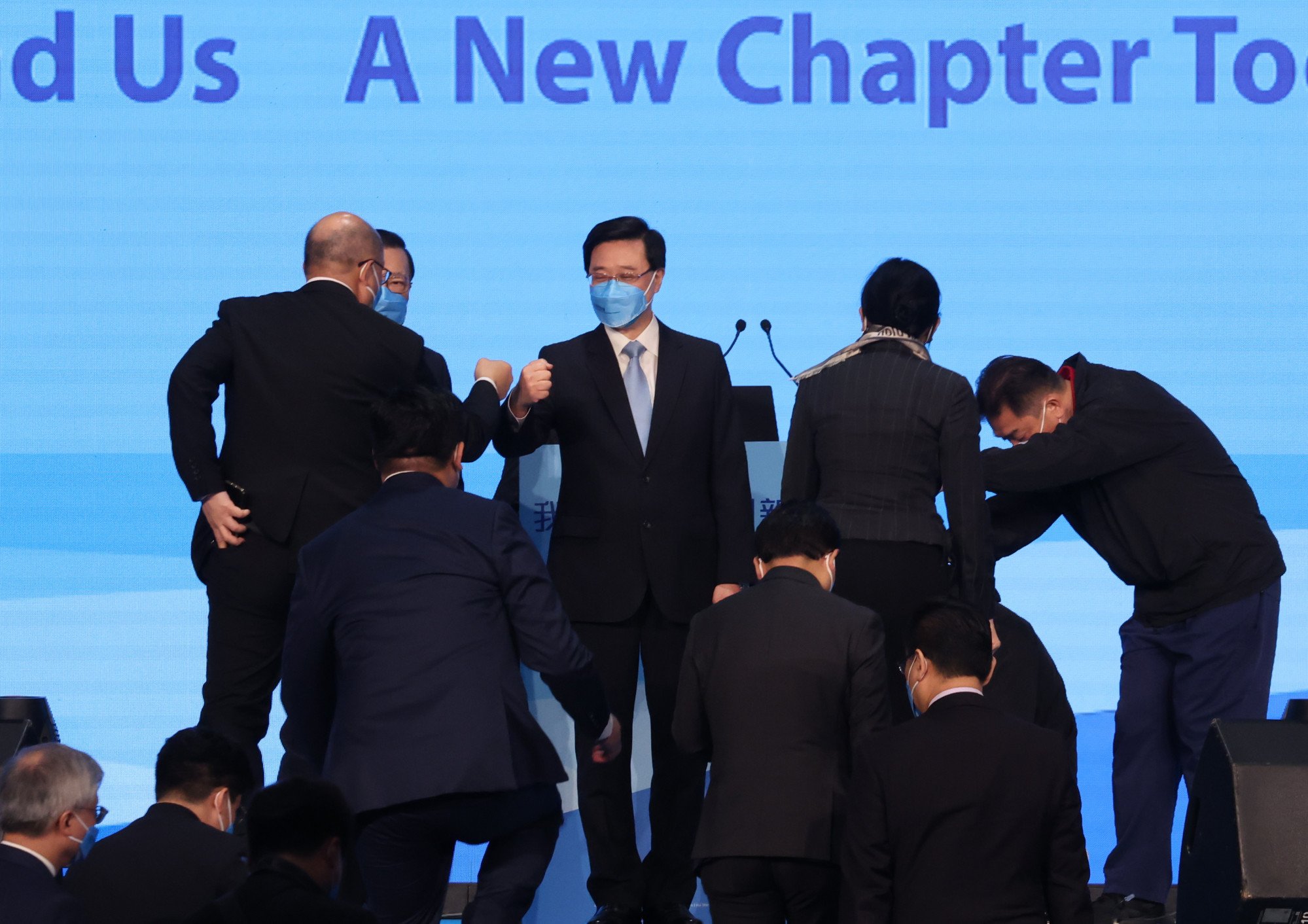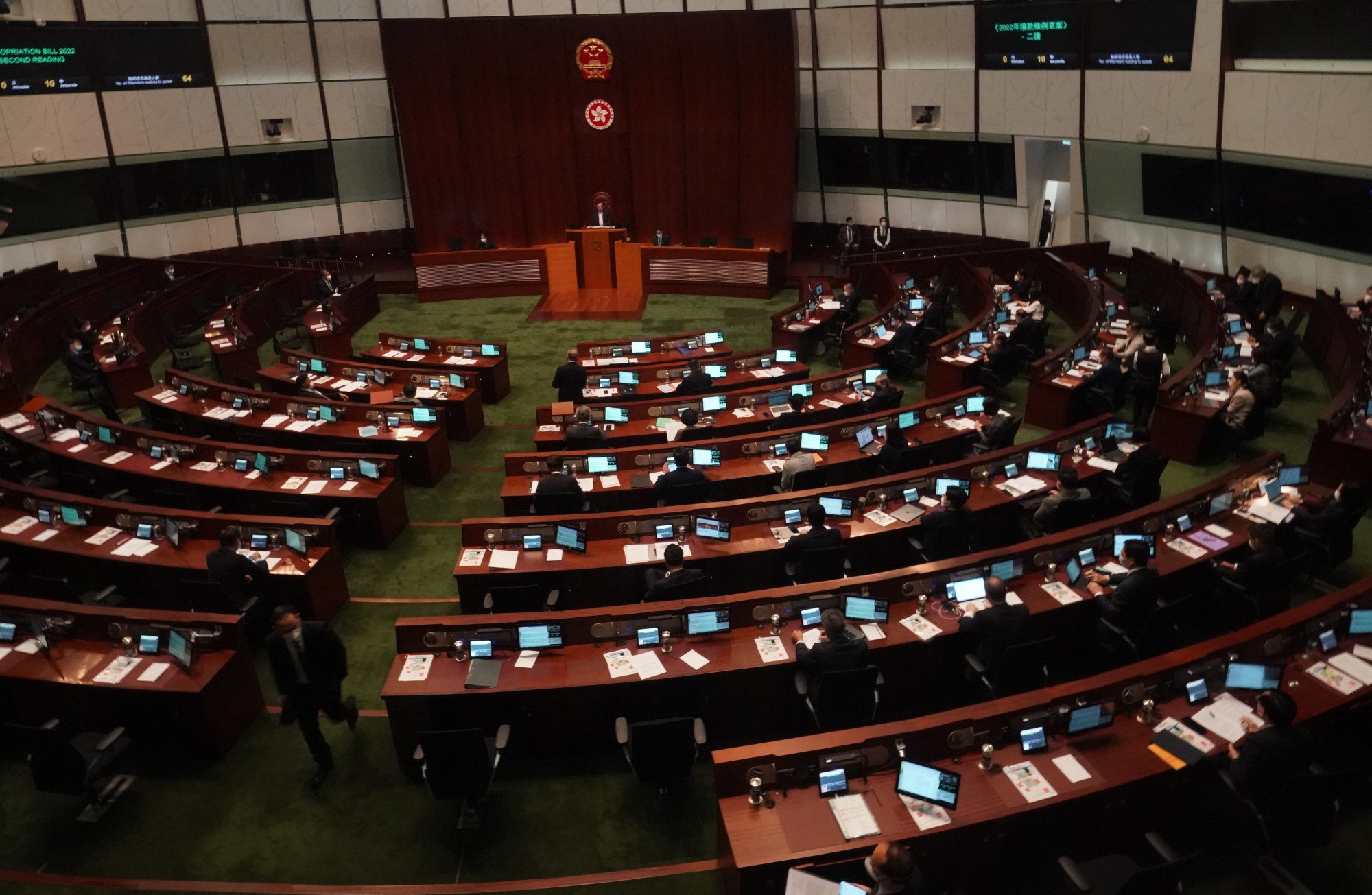
Explainer | Hong Kong government revamp: what is it and how does it affect incoming leader John Lee’s administration?
- Chief Executive-elect John Lee’s plan follows largely that of outgoing leader Carrie Lam’s earlier proposal, but includes new deputy secretary for justice position
- Deputies will share workload with secretaries, Lee adds, saying those who coordinate special projects under his purview can report to him directly
The plan, which would expand the current 13 bureaus into 15, will cost taxpayers an extra HK$95 million (US$12.1 million) every year.
The Post looks at details of the plan and how it will affect the next government.

Differences between Lam’s earlier proposal and latest plan endorsed by Exco?
Lam, whose five-year term will expire on June 30, revealed her intention to restructure the government in her last policy address in 2021. She eventually announced her plan in January.
The restructuring floated by Lam involves reforming the current 13 bureaus into 15, including adding a policy bureau centred on culture, sports and tourism. The Transport and Housing Bureau will be split to focus on the two respective policy areas, while the Home Affairs Bureau will be renamed the home affairs and youth bureau.
She also recommended that deputy posts be created under the chief and financial secretaries to coordinate large-scale projects such as the Northern Metropolis project.
The latest plan, announced by Lee following Exco approval on Tuesday, is largely the same as Lam’s January proposal, but has included a new deputy secretary for justice position.
What is the role of deputy secretaries?
Three new positions, namely deputy positions for the chief secretary for administration, financial secretary and secretary for justice, will be created under the new structure.
Deputies will each get their own private offices, along with support staff including administrative and political assistants and press secretaries.
Each deputy is expected to earn a monthly salary of HK$363,400, about HK$60,000 less than the chief executive.
Lee said he had suggested the three deputy roles to help the secretaries, who all had a “heavy burden” in overseeing a number of bureaus and departments.
“The bureaus could report to the secretary through the deputy,” he said. “The secretary could also make the decision to appoint the deputy to oversee special projects directly. The bureaus and departments will report to the deputy in this circumstance.”
He added that the secretaries or deputies who coordinated special projects under his purview could report to him directly.

Will the Central Policy Unit be revived?
The Central Policy Unit (CPU), an official think tank at the heart of government which was expected to be on Lee’s plate, was not mentioned in the plan approved on Tuesday.
Lam revamped the CPU into the Policy Innovation and Coordination Office in 2017 to focus on positioning the city as an innovation hub.
Lee did not rule out the possibility of reviving the unit, saying he intended to “arrange a set-up” to focus on policymaking and strengthen policy research. Preparations would start after he formed his administration team, he said.

Who will take up the senior roles?
Lee remained tight-lipped on names for minister roles, only saying that he was looking for people based on their capability and experience, and whether their belief aligned with his.
He previously revealed that some candidates were deterred by possible foreign sanctions, but confirmed he had someone in mind for the chief secretary position.
How much extra cost does the government need to bear?
Lam previously estimated the restructuring would involve the approval of recurring expenses amounting to HK$32 million.
However, the creation of two bureaus and three deputy secretaries in Lee’s plan would mean an additional 13 politically appointed officials and 57 civil service posts. Their total salary costs about HK$95 million per year, an increase of HK$62 million compared with Lam’s proposal.

What is the next step?
The restructuring plan, originally designed to be completed in early June, was delayed due to the postponement of the chief executive election amid the coronavirus pandemic.
“Time is tight,” Lam said on Tuesday, adding she hoped the plan could be confirmed before the middle or end of June.
After the plan is endorsed by Exco, it will be tabled to the Legislative Council on Friday for the necessary legal amendments and funding.
A subcommittee on government restructuring was set up under the House Committee to scrutinise the plan at Legco. As of Tuesday, 44 out of the 90 lawmakers have joined the subcommittee.
Relevant government officials, together with representatives of the office of the chief executive-elect, will attend the first meeting of the subcommittee on Friday to answer lawmakers’ questions.
The establishment and finance committees will endorse funding proposals for the plan, which will also require a government resolution to be approved by Legco.

What was the government restructuring like in previous administrative terms?
It is not the first time Hong Kong has revamped the government structure since its return to Chinese rule in 1997.
In 1998, then chief executive Tung Chee-hwa turned the Broadcasting, Culture and Sport Bureau into the Information Technology and Broadcasting Bureau.
The current structure, which has three department secretaries and 13 bureau directors, was set up after former city leader Leung Chun-ying, who served between 2012 and 2017, created the Innovation and Technology Bureau in 2015.
Leung also planned to set up a new cultural bureau, but the proposal was shelved in 2012 after opposition lawmakers employed filibustering tactics against it.

